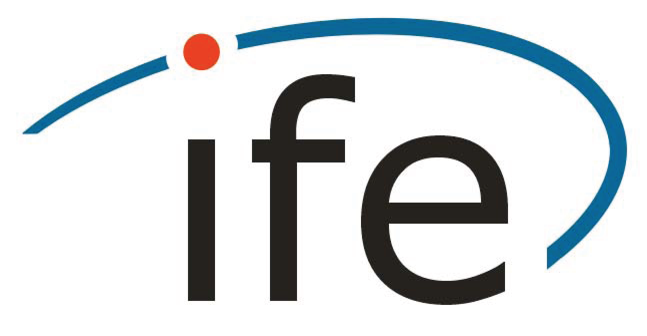Improved navigation performance for curved approaches with a virtual receiver
- verfasst von
- Franziska Kube, Steffen Schön, Thomas Feuerle
- Abstract
The civil aviation of the future should be ecological, economical, and safe. The citizens in metropolises have on the one hand the requirement to travel efficiently between airports near the city. On the other hand they do not want to suffer from noise and emission of aircraft starting and landing at airports close to cities. Consequently, the future aircraft should harmonize these needs. In order to fulfil these requirements, new concepts for departure and approach procedures are mandatory. Curved approaches are one solution since critical regions can be omitted. These complex manoeuvres can only be carried out with the help of satellite navigation systems. One major challenge of curved approaches is the changing obstruction of satellite signals due to shadowing effects by the aircraft itself during curved approaches. Existing GPS landing systems suffer therefore degraded performance in terms of continuity, availability, integrity, and accuracy during curved approaches, especially with higher roll angles and at high and low latitudes. To avoid this problem and to meet the requirements of integrity, accuracy, continuity, and availability for future GNSS landing systems, the concept of the so called 'virtual receiver' has been developed in the framework of the research project 'Bürgernahes Flugzeug' (Metropolitan Aircraft). The main idea is to avoid obstructions by combining GNSS observations of few antennas, optimally installed on the aircraft and computing one common aircraft position solution. This paper presents the concept of the virtual receiver. The benefits in terms of precision, reliability and accuracy are evaluated based on the analysis of real data from a test flight with the research aircraft D-IBUF, a Dornier 128-6 from the Institut of Flight Guidance (TU Braunschweig). It will be shown, that virtual receiver outperforms a single antenna solution concerning the precision (DOP-values are reduced by 30%), reliability (MDBs are reduced by 10 % on average) and vertical accuracy (the 95 % error bound is reduced by 14%).
- Organisationseinheit(en)
-
Institut für Erdmessung
- Externe Organisation(en)
-
Technische Universität Braunschweig
- Typ
- Aufsatz in Konferenzband
- Publikationsdatum
- 01.02.2013
- Publikationsstatus
- Veröffentlicht
- Peer-reviewed
- Ja
- ASJC Scopus Sachgebiete
- Signalverarbeitung
- Elektronische Version(en)
-
https://doi.org/10.1109/NAVITEC.2012.6423083 (Zugang:
Unbekannt)




